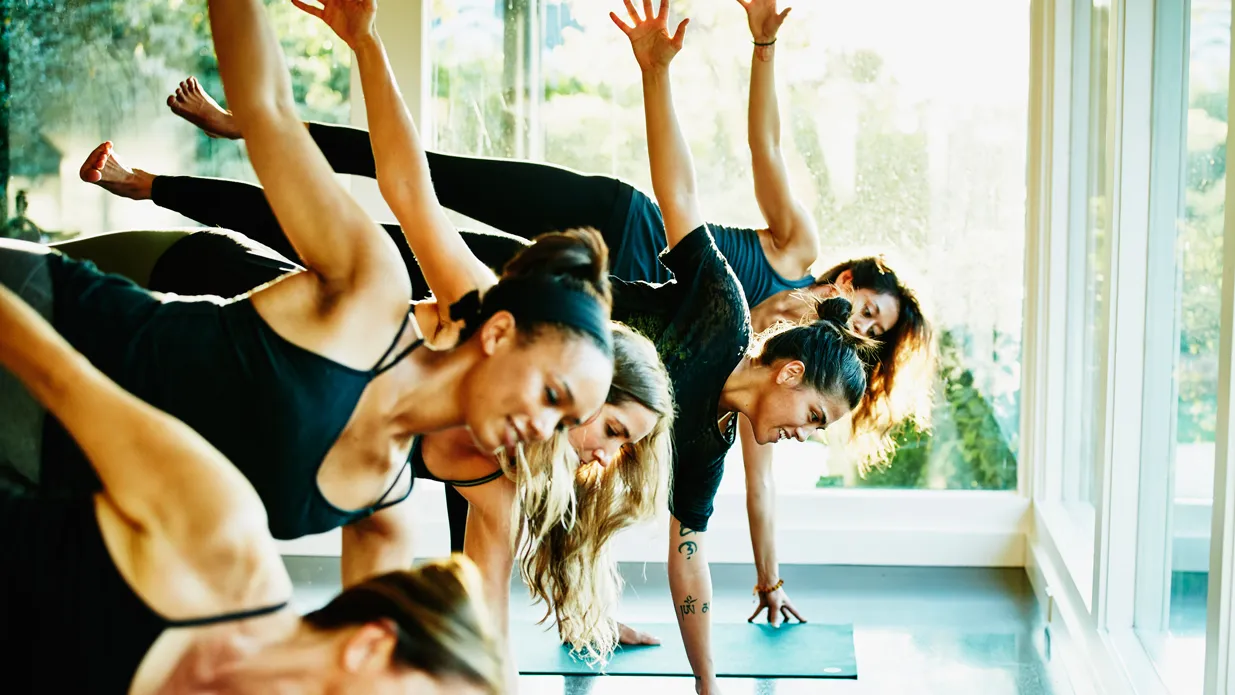Squat Smarter: How Proper Form Enhances Core and Lower Back Health

Squats are often celebrated for their ability to build strong legs and glutes, but their impact on core and lower back health is just as important. When performed with proper form, squats engage deep core muscles that support the spine, helping to prevent injury and improve overall posture. On the other hand, poor technique can strain the lower back and lead to discomfort or long-term damage. Squatting smarter means using correct mechanics to unlock these full-body benefits while staying safe.
The Core’s Role in Spinal Stability
The core is much more than visible abs—it includes all the muscles surrounding the spine and pelvis. During a properly executed squat, the core acts like a brace, stabilizing the trunk and protecting the lower back from excessive strain. Without this engagement, the lumbar spine may bear too much load, especially when squatting with weights. Proper form activates the transverse abdominis and obliques, which work together to maintain a neutral spine and steady posture throughout the movement.
How Poor Form Strains the Lower Back
Many common squat mistakes directly affect the lower back. Rounding the spine, arching excessively, or leaning too far forward shifts pressure onto the lumbar area instead of keeping the load evenly distributed. This often happens when people lift too much weight, have limited hip mobility, or fail to engage their core. Over time, these habits can lead to back pain, muscle strain, or even disc injuries. Maintaining a straight back, keeping the chest up, and pushing the hips back are key to protecting the spine.
Proper Form and Posture Benefits
Good squat form not only prevents injury but also promotes better posture. When the core muscles are consistently activated through proper squatting, they become stronger and more responsive in everyday movements. This improved core strength helps support an upright position whether you’re standing, walking, or sitting. A strong core reduces slouching and supports spinal alignment, reducing the risk of lower back pain from poor posture habits outside the gym.
Tips to Squat Smarter and Safer
To maximize the core and back benefits of squats, start with bodyweight squats to build a foundation. Keep your feet shoulder-width apart, spine neutral, and core engaged from start to finish. Use cues like “brace your abs,” “chest up,” and “sit back into your heels.” Avoid going too deep too soon—only squat as low as you can while maintaining proper alignment. Strengthening your glutes, hips, and lower back with complementary exercises can also improve your correct squat form and spinal support.
In summary, proper squat technique is one of the most effective tools for improving core and lower back health. By engaging the core correctly and maintaining a neutral spine, you reduce the risk of injury and lay the groundwork for better posture and stronger movement patterns. Squatting smarter isn’t just about lifting more—it’s about moving better and staying pain-free.










